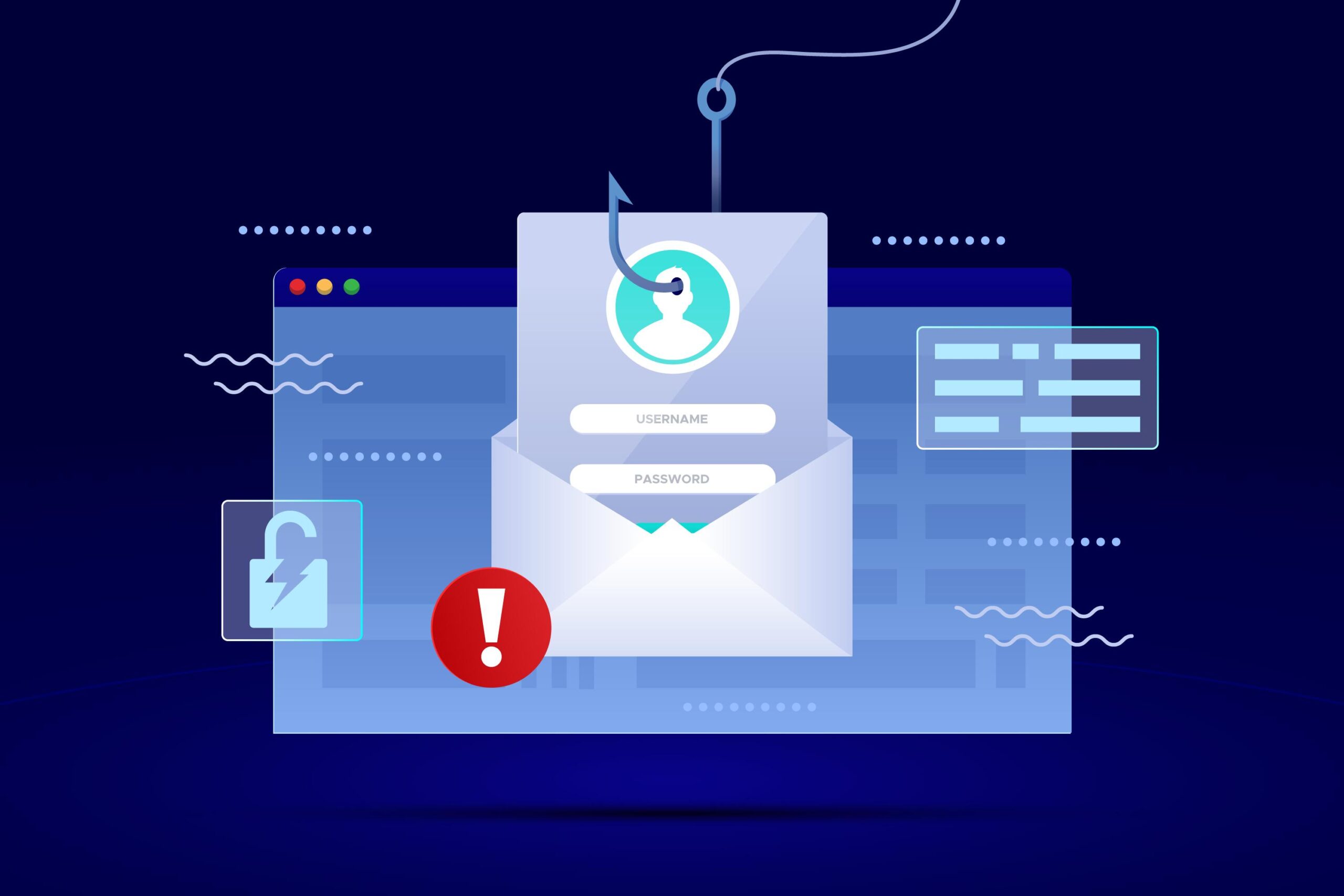
A sophisticated phishing campaign leveraging Astaroth malware is targeting Gmail users worldwide. Learn how to protect your account from this 2FA-bypassing threat, with expert insights from cybersecurity specialist James Knight.
Urgent Alert: Global Gmail Phishing Campaign Uncovered
Cybercriminals have launched a highly coordinated phishing campaign targeting over 2 billion Gmail users, exploiting fraudulent login pages to hijack credentials. This attack, amplified by the advanced Astaroth malware, poses unprecedented risks to individuals and enterprises alike.
The Anatomy of the Attack
Phishing Pages Mimic Legitimate Gmail Logins
Hackers deploy hyper-realistic spoofed login screens via email, SMS, or compromised websites. These pages capture credentials in real-time, granting attackers immediate access to accounts.
Astaroth Malware: A Game-Changer in Cybercrime
- 2FA Bypass: Astaroth intercepts one-time codes (SMS/authenticator apps), rendering traditional two-factor authentication ineffective.
- Multi-Platform Theft: Harvests usernames, passwords, banking details, and credit card data.
- Dark Web Evolution: Sold on underground forums, Astaroth now receives 6 months of updates via Telegram, enhancing evasion tactics and payload delivery.
Proxy Attacks: Persistent Access
James Knight, a leading cybersecurity analyst, warns:
“These attacks use proxy servers to maintain persistent access, even after users reset passwords or enable MFA. Businesses are prime targets—compromised accounts can lead to data breaches, ransomware, and reputational collapse.”
Why Traditional Defenses Fail
- Spam Filters Overwhelmed: AI-generated phishing emails evade detection by mimicking trusted senders (e.g., Google, Microsoft).
- Human Error: 94% of phishing attacks succeed due to rushed or distracted users (Verizon DBIR 2023).
- MFA Vulnerabilities: SMS-based 2FA is particularly susceptible to interception.
Protection Strategies: Secure Your Gmail Account
1. Enable Advanced Security Measures
- Google Advanced Protection Program: Mandates hardware security keys (e.g., YubiKey) for login.
- Passkeys: Replace passwords with biometric/FIDO2 authentication (supported by Google).
2. Identify Phishing Attempts
- Check URLs: Hover over links to verify legitimacy (e.g., “accounts.google.com” vs. “account-google.com”).
- Scrutinize Emails: Look for typos, mismatched sender addresses, or urgent language (“Your account will be deleted!”).
3. Mitigate Astaroth’s Impact
- Endpoint Detection: Deploy solutions like CrowdStrike or SentinelOne to block malware.
- Zero-Trust Architecture: Restrict access to sensitive data, even for authenticated users.
4. Business-Specific Safeguards
- Employee Training: Conduct phishing simulations via platforms like KnowBe4.
- Email Gateways: Use Mimecast or Proofpoint to filter malicious content.
Additional Gmail Security Best Practices
Optimize Account Hygiene
- Regular Audits: Delete unused apps with Gmail access (Settings > Security > Third-party apps).
- Storage Management:
- Purge Clutter: Archive/delete old emails (use Gmail’s “size:large ” search operator).
- Leverage Filters: Automatically categorize or delete promotional content.
- Cloud Alternatives: Offload attachments to encrypted platforms like Proton Drive.
Google One Integration
Upgrade to Google One (from $1.99/month) for:
- 100GB–2TB storage.
- Enhanced support and VPN access.
The Road Ahead: Industry Response
Microsoft and Google are accelerating AI-driven threat detection, but Knight emphasizes:
“Cybersecurity is a shared responsibility. Users must adopt proactive habits—assume every login prompt is a potential threat.”
Conclusion
With Astaroth’s evolution and phishing tactics growing more insidious, safeguarding your Gmail account demands vigilance and advanced tools. Implement hardware security keys, educate teams, and stay informed via trusted sources like CISA or Google’s Threat Analysis Group.
Need Help?


